Amethyst, with its enchanting hue and mystical allure, has captivated the hearts of many throughout history. From ancient civilizations to modern-day crystal enthusiasts, the purple gemstone continues to be revered for its beauty and spiritual properties.
What is Amethyst?
Amethyst, a deep purple gemstone is a variety of quartz. it’s a 7.5 hardness on the Mohs scale, making it perfect for jewelry designs! Its color is due to trace amounts of iron within the crystal structure.
Amethyst derives its name from the Greek word “amethystos,” which translates to “not drunk.” Ancient Greeks believed that drinking from a cup made of amethyst prevented intoxication. This crystal is valued for its gorgeous violet to deep purple shades, ranging from delicate lilac to rich royal hues.
The Stunning Colors of Amethyst
Imagine a spectrum of captivating purples, ranging from delicate shades of pale lavender to rich tones of deep violet. Just like a painter’s palette, amethyst showcases an exquisite range of purple hues that literally scream elegance.
Picture the soft whisper of a pale lavender amethyst, akin to a gentle breeze on a summer evening. Delicate and ethereal, this light hue exudes a sense of tranquility and calm. Moving along the spectrum, encounter the regal deep violet amethyst, reminiscent of twilight skies painted with bold strokes of color. Each shade tells a unique story, adding depth and allure to the gemstone.
Value of the Different Hues
In the world of gemstones, the rarity and uniqueness of color play a significant role in determining value. Deep, saturated violet hues are highly prized for their striking beauty and scarcity, commanding attention and admiration. On the other hand, lighter shades of lavender possess a delicate charm, appealing to those who appreciate subtle elegance. Ideally the deeper, richer purples are more valued.
Here are the factors involved in determining quality.
- Color: The primary determinant of amethyst quality is its color. Deep and vibrant purples with a reddish tint are highly sought after, while pale or washed-out hues are considered lower in quality.
- Clarity: The clarity of amethyst refers to the presence of inclusions or imperfections within the gemstone. Higher quality amethyst will have fewer inclusions, enhancing its brilliance.
- Cut: The cut of amethyst plays a significant role in its overall beauty. Well-cut amethyst reflects light effectively, showcasing its color and clarity.
- Carat Weight: Larger amethyst stones are rarer and command higher prices, especially when combined with excellent color and clarity.
Amethyst Mining and Sources
Mining for amethyst, a precious gemstone, takes place in various locations globally, each with its unique characteristics and challenges.
Amethyst is predominantly mined in countries like Brazil, Uruguay, Zambia, and Russia. Brazil stands out as one of the primary sources, known for its vast amethyst deposits and high-quality crystals. The rich purple hues of Brazilian amethyst attract gem enthusiasts worldwide. Zambia’s Mwinilunga region is renowned for deep-colored amethyst clusters, adding diversity to the gem market. Russian amethyst mines offer exceptional crystal formations, coveted for their unique aesthetics.
My designs feature primarily Amethyst from Uruguay and Zambia.
A Bit of Amethyst History
Throughout history, amethyst was prized by civilizations for its royal purple hue and association with luxury. Ancient Egyptians used amethyst in their jewelry and burial rites, believing it to offer protection in the afterlife. The Greeks revered amethyst, linking it to sobriety and wisdom. In medieval Europe, clergy wore amethyst to symbolize piety and spiritual clarity.
Amethyst is renowned for its healing properties and ability to promote emotional balance and spiritual growth. It is believed to purify the mind and clear negative energies, fostering a sense of tranquility and inner peace. Many view amethyst as a protective stone that enhances intuition and spiritual awareness, making it a popular choice for meditation and psychic development.
Amethyst Jewelry
Amethyst jewelry is not only stunning but also holds significant meaning and history. From ancient times to modern fashion trends, amethyst has been a highly cherished gemstone for its mesmerizing violet hues and metaphysical properties. Let’s delve into the world of amethyst jewelry and its ornamental uses.
I LOVE working with this gem. Not only am I drawn to the rich colors, but I love the way it complements other gems. I work with moonstone, coral, charoite, carnelian citrine and many others when deisgning my amethyst creations.
Caring for Amethyst Jewelry
To keep your amethyst jewelry sparkling, it is essential to care for it properly. Avoid exposing amethyst to harsh chemicals or extreme temperatures, as it can damage the gemstone. To clean amethyst jewelry, gently scrub with a soft brush and mild soap to maintain its luster and beauty. Store your amethyst pieces separately to prevent scratching and damage.
Follow me on my design journey and become a collector. Not only do my collectors receive first look at my newest designs but the also have the advantage of Collector-only discounts and specials. It’s Free. In addition you Get 15% off your first order.
Here’s How
Shop Here for all my Designs

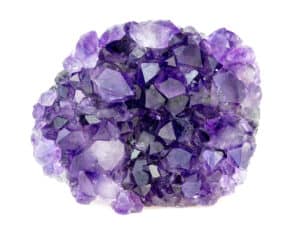
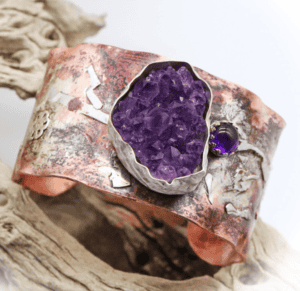
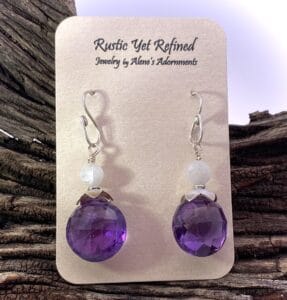
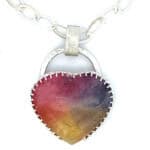
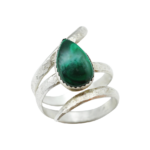
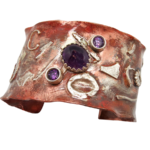
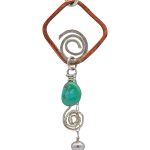
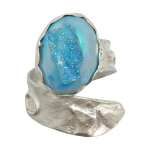
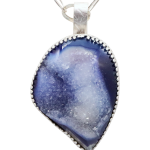
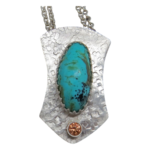
Leave a Reply